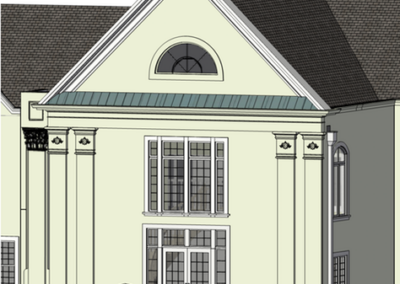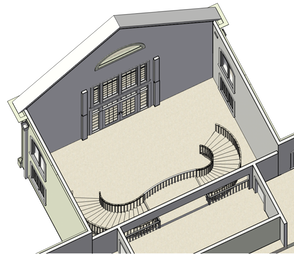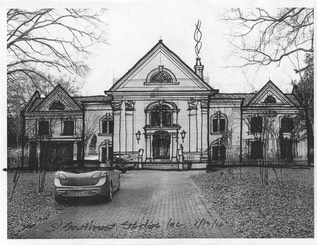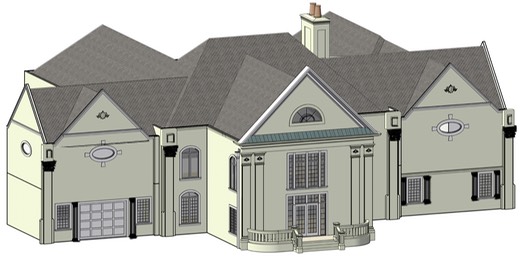Would you rather pay lots of money to design a project, and then pay that money all over again because you discover the design isn’t what you expected? Or would you rather be able to see the it in 3-dimensional drawings from early in the design process?
The most expensive time to make changes in construction is after something has been built — it’s cheap to make changes during design. In the same way, the most expensive time to make a change in a design is after it’s already fully designed and detailed — so you’ll want to learn as early as possible what your architect’s solution will look like!
We begin to generate 3-dimensional drawings very early in the design process to help you see what you’re getting before we go too far along a path that you may not prefer. You’ll benefit when you:
- See what you’re getting more clearly;
- Understand a proposed design with greater certainty;
- Make clearer decisions;
- Make decisions sooner to help the project go faster;
- Save money by making decisions earlier;
- Show other project participants & investors the design to gain support.
The use of clear 3D design drawings was recently made very clear, when we were asked to improve a 19,000 square foot home off of West Paces Ferry Road in Atlanta. What designer actually drew this? Was it the lowest-bid drafter? If the designer, indeed, presented the owner readable drawings, did he explain the effect that the design would have on property value? Apparently not.
When a home like this goes up for auction, something’s wrong! Indeed, the developer upgrading this structure for resale sought to improve the curb appeal of this mansion to match its many good features. It was important for him to understand how our proposed new details would add value by giving the home greater street appeal.
Then, before we got very far along, disaster struck — a huge old tree was knocked down in a storm and destroyed the front portion of the foyer. This necessitated not only an aesthetic re-working of the surface materials, but now a complete structural upgrade to meet current codes in the portion to be rebuilt.
Our familiarity with the procedures in the insurance industry and documentation of damage repair came in to use, although unexpectedly. With the added costs and unexpected delays, it was even more important to help the client understand how our redesign would improve his property’s standing in the market when done.
We first did a few quick, sketchy overlays to test our ideas. Then, we quickly moved to our 3D modeling program. Based on early design drawings, the developer and contractor were able to offer feedback and approvals for us to proceed with design development and refine our details. With those phases completed, we proceeded with construction documents and assisted with submittals for the building permit.
front iso
We showed him very clear 3D views, gained approval, and gave his GC early design docs to allow review of the feasibility of our proposed design without having to await full construction drawings that would be more costly to change.
Since the 3D model embodies most of the drawing of the building, we were well under way toward the construction documents when given the go-ahead. Thus, the latter portion of the process is also made more efficient by using the 3D model. Check out how we build our drawings on our earlier blog post, if you’d like more info.
This project brings home some important lessons. Hire experienced and capable architects who have a mastery of the ways of documenting and communicating the proposed appearance of your project. Pay them to spend enough time designing and showing you options through their drawings and other documents, so that you understand what you’ll be getting in the end. Bring your contractor to the table early to assure constructibility and reasonable costs.
As of this writing, the project is under review by the local building department, with our submittal assistance. We hope to update this post as it progresses through the permit, into construction, and a delighted new owner!
If you’d like more information on the permitting process, CLICK HERE.




